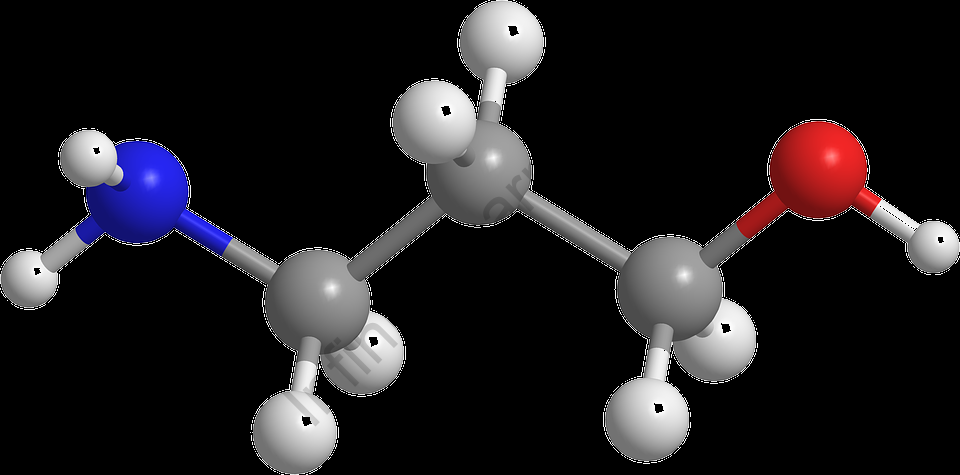Table of Contents
Solids play an important role in our lives since we use solids more than liquids and gases in our daily activities. A solid is described as a material that has rigidity, a definite form, and a fixed size. But what distinguishes solids from gases and liquids? The nature of matter particles and the binding force between them differs between solids, liquids, and gases. For example, matter particles in liquids and gases are free to move inside the structure, adding to its fluidity. On the contrary, matter particles within solids remain stable in their positions, which is why solids do not move like liquids and gases.
Furthermore, the distance between matter particles in solids is much less than in liquids and gases. Because the component particles are tightly bonded to each other, solids are rigid in nature. The nature, organization, and interaction between component particles are all investigated in the study of solid-state.
Solid State
Solids are substances that have a distinct form, a large volume, and a high density. The basic particles of matter are organized in a variety of patterns in the solid state. The study of solid-state is known as solid-state chemistry, often known as materials chemistry, and it investigates the synthesis, structure, and characteristics of solid-state materials. The following general qualities describe solids:
Definite shape, Definite volume, Rigidity, high density, Compressibility is low.
Inside a solid, the fundamental pieces of matter (atoms, molecules, or ions) are closely packed and held together by a strong attraction force.
Example – Electronic gadgets, books, tables, etc., are all solids with properties such as rigidity and high density.
The Reason for the Existence of the Solid State
The solid state occurs for the reasons listed below. They are as follows:
Intermolecular Forces
Thermoelectric Energy
Intermolecular Forces
Intermolecular forces are the forces that exist between component particles of matter inside a solid. Natural forces are attractive and are responsible for binding all particles together and allowing the solid state to exist. The component particles are locked in place such that they cannot move from their current location and can only oscillate around their mean position. There are four types of intermolecular forces:
- Forces between dipoles
- Dispersion forces in London
- The bonding of hydrogen
- Forces induced by dipoles
The first three intermolecular interactions are collectively known as Van der Waals forces, and they are responsible for solids’ existence.
Thermoelectric Energy
Thermal energy is the energy that exists between the component particles of matter in a solid. Thermal energy, commonly known as Kinetic Energy, is responsible for the mobility of molecules inside a solid lattice. Thermal energy increases as temperature rises. As a result, the quicker the thermal energy, the faster the movement of molecules. Thermal energy has a low value at low temperatures, and intermolecular forces are greater. This prevents molecules from flowing and causes them to oscillate about their mean location.
Solids of Various Types –
Solids are often categorized into several types based on the arrangement of component particles, which are as follows:
- Solids of Crystalline Form
- Solids that are amorphous
Crystalline Solids
Crystalline solids are solids in which the component particles are organized in a regular pattern. They are sometimes referred to as True Solids. The particles of substance in crystalline solids are organized in a three-dimensional network known as A Lattice or Crystal Lattice. A crystal lattice has numerous points, and each point represents a component particle of substance inside solids. These are referred to as Lattice Points or Lattice Sites.
Examples include sodium chloride (NaCl), copper, iron, sulphur, and phosphorus.
Amorphous Solids
Amorphous Solids are solids in which the arrangement of component particles is uneven and not fixed. Because amorphous solids tend to flow slowly, they are also known as Pseudo Solids.
Glass, gels, polymers, and other materials are examples.
Solid-State Applications
Solids are used in a variety of ways in our daily lives. Here are a few examples:
NaCl is a crystalline solid that is used in the cooking and preparation of a variety of foods.
Glass, an amorphous solid, is widely employed as a significant industry component, such as in buildings and window panes.
Polymers and gels are commonly employed in the maintenance business to guarantee that electrical and mechanical equipment perform properly.
Several substances are now employed to treat various ailments, allowing the medical industry to improve.
Also read: Fission & Fusion Reactions
FAQs
What are the different types of solid-state topics?
Solid is a state of matter in which the component particles are tightly packed together. Atoms, volume, ions, and other particles can make up the component particles of a solid material. Solid things have a certain form, mass, and volume as a result of strong and brief interactions between their components.
Is solid-state a simple chapter in the JEE?
Solid-state is a topic in physical chemistry that carries four points in the final examination (approximately 4% to 5%), and it is covered in paper 1. Among the other units in paper 1, this is one of the easier chapters.
To enhance your exam preparation, use Infinity Learn app – the ultimate learning app for classes 3 to 13.


